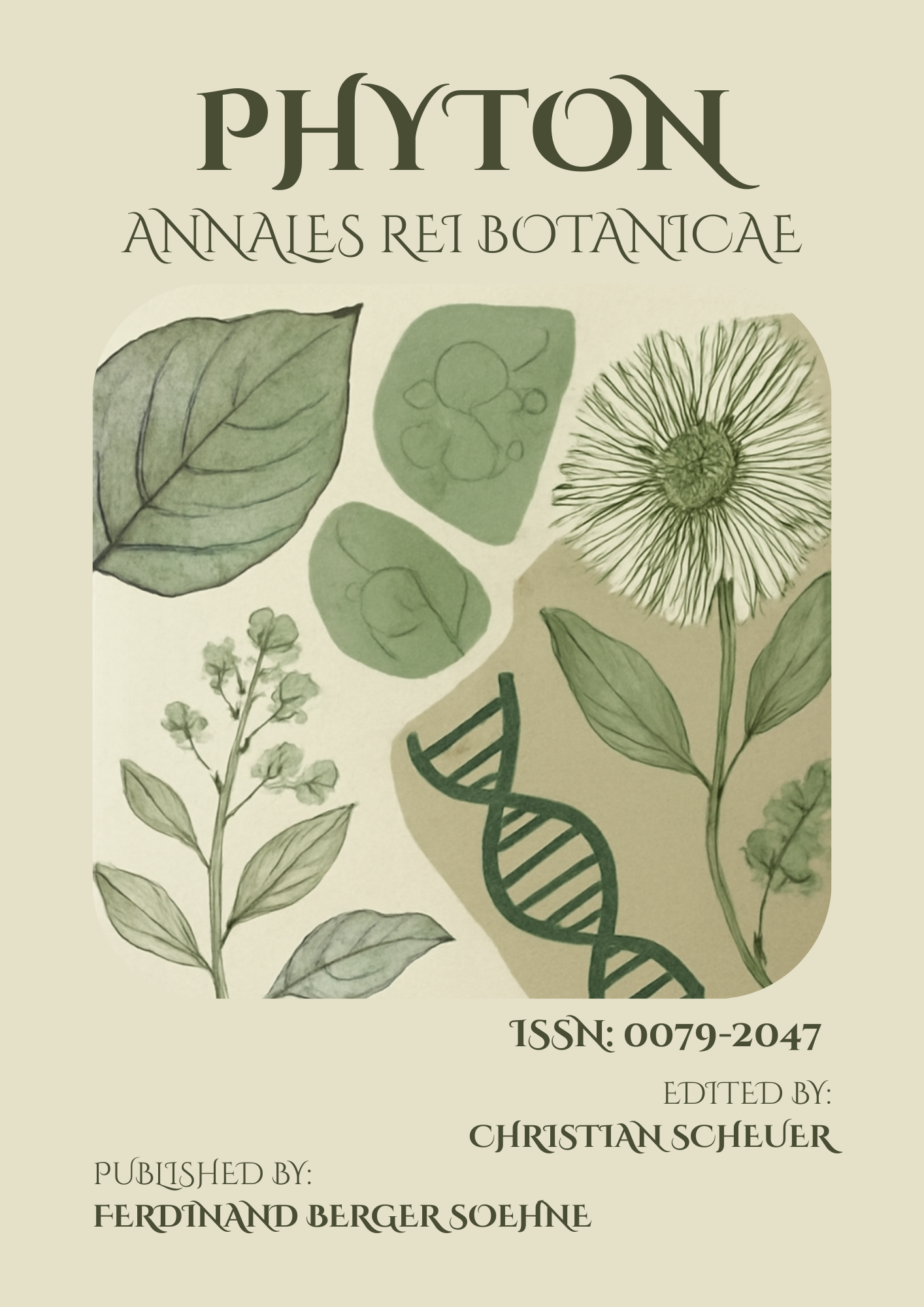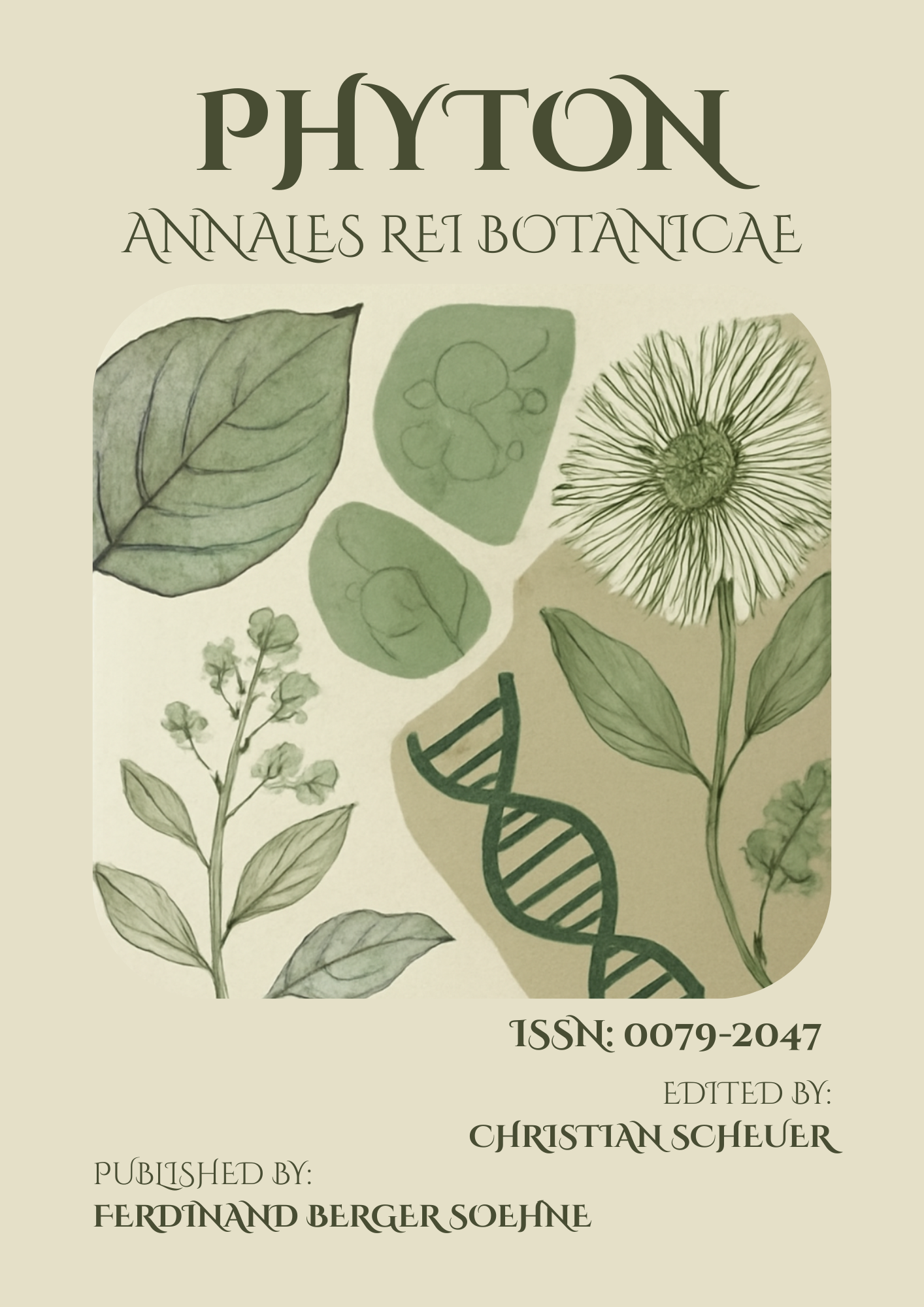Adoption of Precision Farming Techniques in Indian Agriculture
DOI:
https://doi.org/10.64526/phyton-annales.v65iS1.77Keywords:
Precision Agriculture, Site-Specific Crop Management, IS and GPS Applications, Remote Sensing, Soil SensorsAbstract
In India, precision farming—sometimes called site-specific crop management—is quickly becoming a game-changer when it comes to increasing agricultural yields while decreasing resource consumption and protecting natural habitats. The triple whammy of increasing food production with decreasing resources is a problem for Indian agriculture brought about by increasing population pressures, decreasing landholdings, and climate variability. Farmers can maximize the efficiency of water, fertilizer, and pesticide use by customizing inputs to match the unique requirements of crops and soils through the use of precision farming tools. These techniques include GIS, GPS, remote sensing, soil sensors, and drone-based monitoring. There have been encouraging outcomes from using these methods in India, such as higher crop yields, lower input costs, better soil health, and less environmental degradation. The majority of India's farmers are smallholders, and they face unique challenges when it comes to adoption rates: high starting costs, a lack of technical understanding, and inadequate infrastructure. To increase the use of precision farming, the government is launching programs like the Digital Agriculture Mission (2021–2025), subsidizing micro-irrigation, and promoting services that are enabled by information and communication technology. To increase the accessibility, affordability, and scalability of precision agriculture across diverse agro-climatic zones, there must be closer cooperation between public officials, academic institutions, and private agri-tech firms. By encouraging resource-efficient, climate-resilient, and market-oriented farming systems, the broad adoption of precision farming techniques could ultimately transform Indian agriculture.
Downloads
Published
How to Cite
Issue
Section
License
Copyright (c) 2025 PHYTON-ANNALES REI BOTANICAE

This work is licensed under a Creative Commons Attribution-NonCommercial-ShareAlike 4.0 International License.
This article is published under the terms of the Creative Commons Attribution-NonCommercial-ShareAlike 4.0 International License (CC BY-NC-SA 4.0). Readers may share and adapt the material for non-commercial purposes, provided appropriate credit is given and adaptations are shared under the same license.



